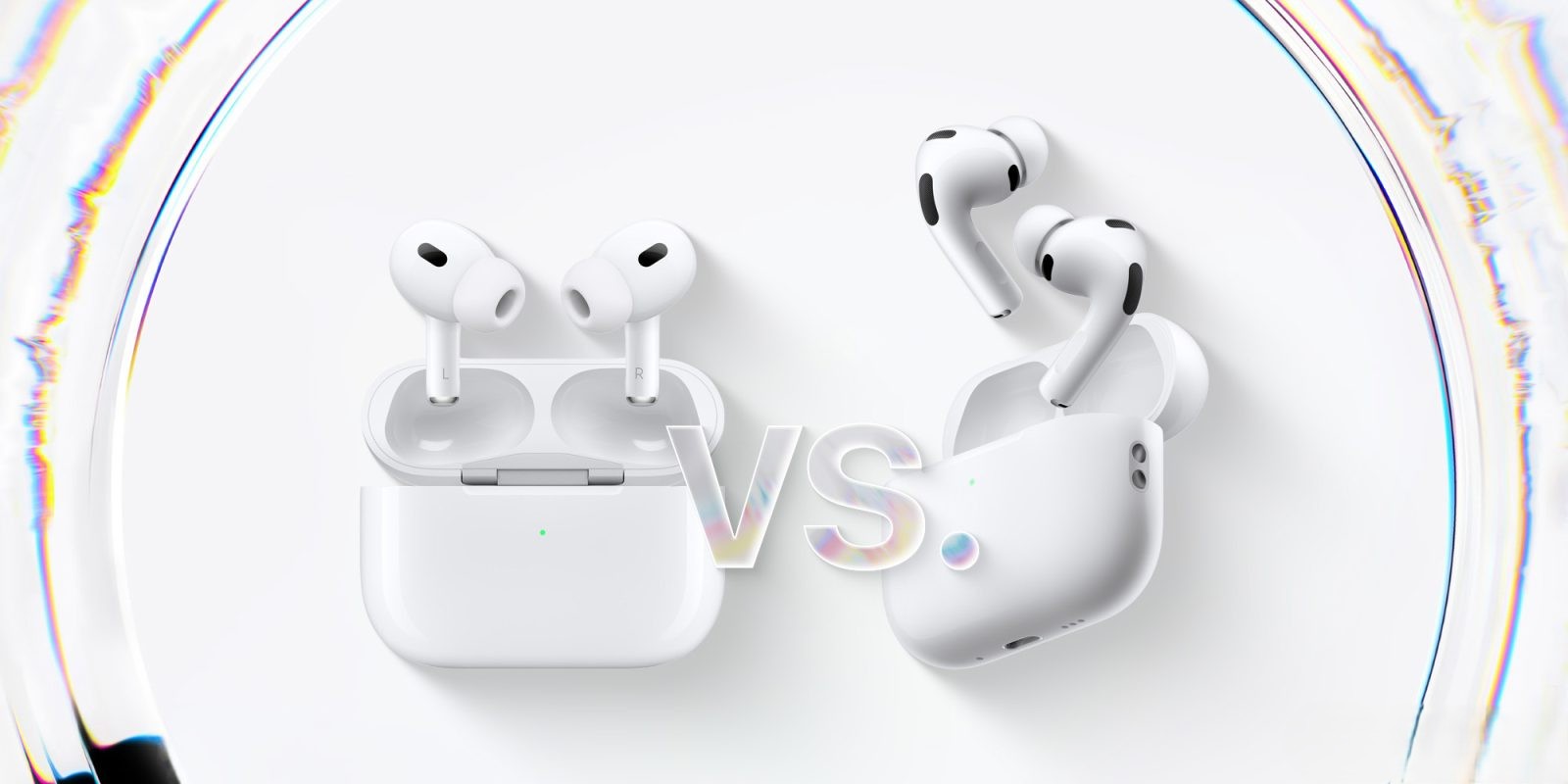Apple’s unveiling of the AirPods Pro 3 has sparked considerable interest among tech enthusiasts and loyal users. This latest iteration introduces a suite of enhancements over its predecessor, the AirPods Pro 2. This article delves into the key differences between the two models, aiding potential buyers in making an informed decision.
Enhanced Audio Capabilities
A standout feature of the AirPods Pro 3 is its superior Active Noise Cancellation (ANC). Apple asserts that the new model delivers up to twice the noise cancellation effectiveness compared to the AirPods Pro 2. This advancement is attributed to a redesigned internal architecture that optimizes airflow into the ear, thereby enhancing the spatial listening experience. Additionally, the Adaptive EQ and Transparency mode have been refined, offering users a more immersive and natural auditory experience.
Health and Fitness Integration
In a significant move towards health-centric technology, the AirPods Pro 3 incorporates a heart rate sensor. This feature enables users to monitor their heart rate during physical activities without the need for an Apple Watch. The sensor employs photoplethysmography (PPG) technology, emitting infrared light to measure blood flow. When combined with data from the device’s accelerometers, gyroscope, GPS, and an on-device AI model, users can track various workout metrics, including calories burned and progress in the Fitness app.
Durability and Resistance
The AirPods Pro 3 boasts an IP57 rating for dust, sweat, and water resistance, an improvement over the IP54 rating of the AirPods Pro 2. This enhancement ensures greater durability, making the earbuds more suitable for rigorous workouts and outdoor activities.
Battery Performance
Battery life sees a notable improvement in the AirPods Pro 3. Users can expect up to 8 hours of listening time with ANC activated, a 33% increase over the 6 hours offered by the AirPods Pro 2. In Transparency mode, the new model provides up to 10 hours of listening time, marking a 67% improvement. However, it’s important to note that the charging case of the AirPods Pro 3 offers a total of 24 hours of listening time, which is 6 hours less than the 30 hours provided by the AirPods Pro 2’s case. This suggests a reduction in the case’s battery capacity, possibly due to design changes or weight considerations.
Enhanced Find My Capabilities
The inclusion of the U2 chip in the AirPods Pro 3’s charging case enhances the Find My feature. This second-generation Ultra Wideband chip allows for more precise location tracking, making it easier to locate a misplaced case. In contrast, the AirPods Pro 2’s case is equipped with the first-generation U1 chip, which offers less precise tracking capabilities.
Design and Comfort
While both models maintain the signature in-ear design, the AirPods Pro 3 introduces foam-infused ear tips. These new tips aim to provide a better seal and increased comfort, catering to a wider range of ear shapes and sizes.
Charging and Connectivity
The AirPods Pro 3 supports USB-C charging, aligning with Apple’s broader transition to this universal standard. This change offers users more flexibility and convenience, especially for those who prefer a unified charging solution across their devices.
Conclusion
The AirPods Pro 3 brings a host of advancements over the AirPods Pro 2, including superior noise cancellation, health monitoring features, improved durability, and enhanced battery life per charge. However, the reduced total battery capacity of the charging case and the shift to USB-C charging are factors to consider. Prospective buyers should weigh these enhancements against their individual needs and preferences to determine if the upgrade aligns with their expectations.



